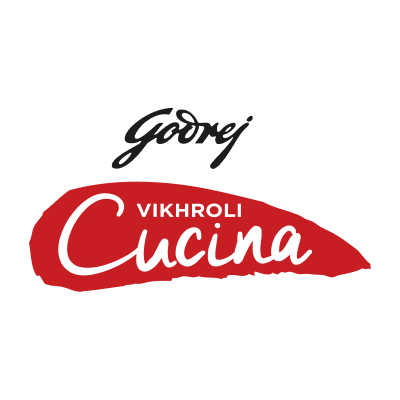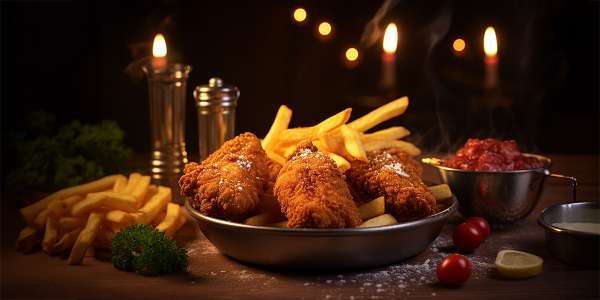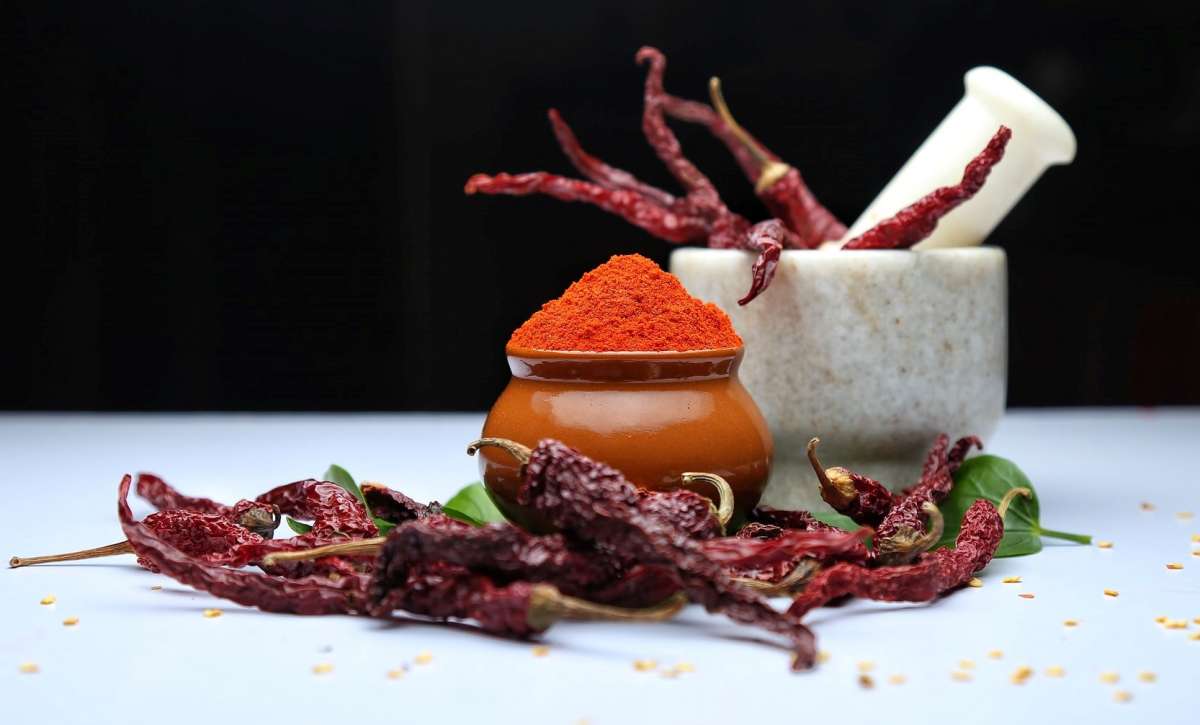
A spicy affair with Byadgi chilles
The chilli from Karnataka can elevate flavours in unimaginable ways. Read on.In the Haveri district of Karnataka, the bright red variety of chillies characterised by wrinkles on the pods are in much demand. Named after Byadgi, the taluk headquarters, these chillies are famous for their aroma, mild pungency and moderate seed content. Grown under rainfed conditions, Byadgi chillies had been accorded Geographical Indication (GI) in February 2011. The night frost and the rains are just perfect for its production, rendering that unique sweet flavour that’s synonymous with these chillies.

In the Haveri district of Karnataka, the bright red variety of chillies characterised by wrinkles on the pods are in much demand. Named after Byadgi, the taluk headquarters, these chillies are famous for their aroma, mild pungency and moderate seed content. Grown under rainfed conditions, Byadgi chillies had been accorded Geographical Indication (GI) in February 2011. The night frost and the rains are just perfect for its production, rendering that unique sweet flavour that’s synonymous with these chillies.
In terms of spice quotient, the Byadgi is hotter than Kashmiri chillies (commonly used for colour) but milder than the Guntur variety (which raises the heat). The two main types of Byadgi chillies are — Kaddi and Dabbi. While the former is gnarled, thin and long with not many seeds, Dabbi is small and plump with more seeds. Also, the chillies are sought-after for their culinary value and its shade of red is used in the beauty industry. Oleoresin, an extract in the chillies, is used by makers of lipsticks and nail colours.
In India, Byadgi mirchi is on the march in many cuisines either for tempering (in dals, rasams and sambars) or for flavouring vegetables and meats. Here’s looking at a few dishes in which these chillies are used.
Chicken sukka
Kori sukka (chicken sukka), is a traditional Mangalorean dish. The spicy and dry chicken dish goes well as a side dish with roti, naan, rice and sambar and curd rice. The star ingredient is the Byadgi chilli, which is ground with fenugreek seeds, turmeric, ghee, sugar and coconut. All these spices are widely used in most coastal cuisines. The chicken is slow cooked in this masala over a medium-high flame till it turns bright red. But, of course, each household has its special recipe and method of preparing chicken sukka.
Chilli chutney
This one’s sure to tickle your tongue. Soak the red chillies in hot water for 15 minutes. In a blender, blitz the chillies, lemon juice, salt and sugar. Heat a pan, add oil, crackle mustard seeds and asafetida. Add this to the blender and blend again with the rest of the ingredients, and you have your red hot chutney ready in a jiffy!
Mangalore fish curry
This flavourful fish curry of Bunt cuisine is made with Byadgi chillies and kokum extract. The chillies are dry roasted with coriander seeds, cumin seeds, black peppercorns, fenugreek seeds to make bunt chili powder. In a kadai, heat bay leaf, cardamom pods, cloves, cinnamon, cumin seeds and asafetida in oil. Sauté at low heat till you get the aroma of the spices. Add the chopped onions, curry leaves, ginger-garlic paste and green chillies. Sauté at medium-high heat till the onions become soft, brown and translucent. Next, add the chopped tomatoes, bunt chili powder and a little salt into the wok. Add a little water to avoid the masala sticking to the pan. Cover and cook at low, medium heat till the tomatoes become soft and mushy. Add a cup of water into the pan along with the salt and kokum extract. Cover and allow the curry to gently boil for a few minutes. Add the fish pieces and cover and cook on medium-high flame till fish is cooked.
Chicken ghee roast
The dish appears fiery red but has a smoky sweetness to it, which is complemented by the flavour of ghee. The two star elements in this dish are the ghee (don’t skimp on it as it would not enhance the flavour) and the Byadgi chilli-based spice paste. The chicken is first marinated in yoghurt and turmeric with a bit of lime juice and fried in ghee till it is almost done. Then the spice paste is added, and the chicken is slow roasted in ghee till it darkens and becomes aromatic. This happens due to the caramelisation of sugars contained in the chillies.
Do you know of any other dishes that uses Byadgi chillies? Tell us in the comment section below.
Tags
0 Comment
You may also like
-

Tips & tricks Party plates: The finger foods everyone grabs first
by Vikhroli Cucina
-

Tips & tricks 6 tiny baking errors that wreck your dessert
by Vikhroli Cucina
-

Tips & tricks Ditch Starbucks: The ultimate DIY Pumpkin Spice Latte hack is here
by Vikhroli Cucina
-

Tips & tricks DIY 15-minute Yummiez platter for a fun Children's Day bash for busy parents
by Vikhroli Cucina

